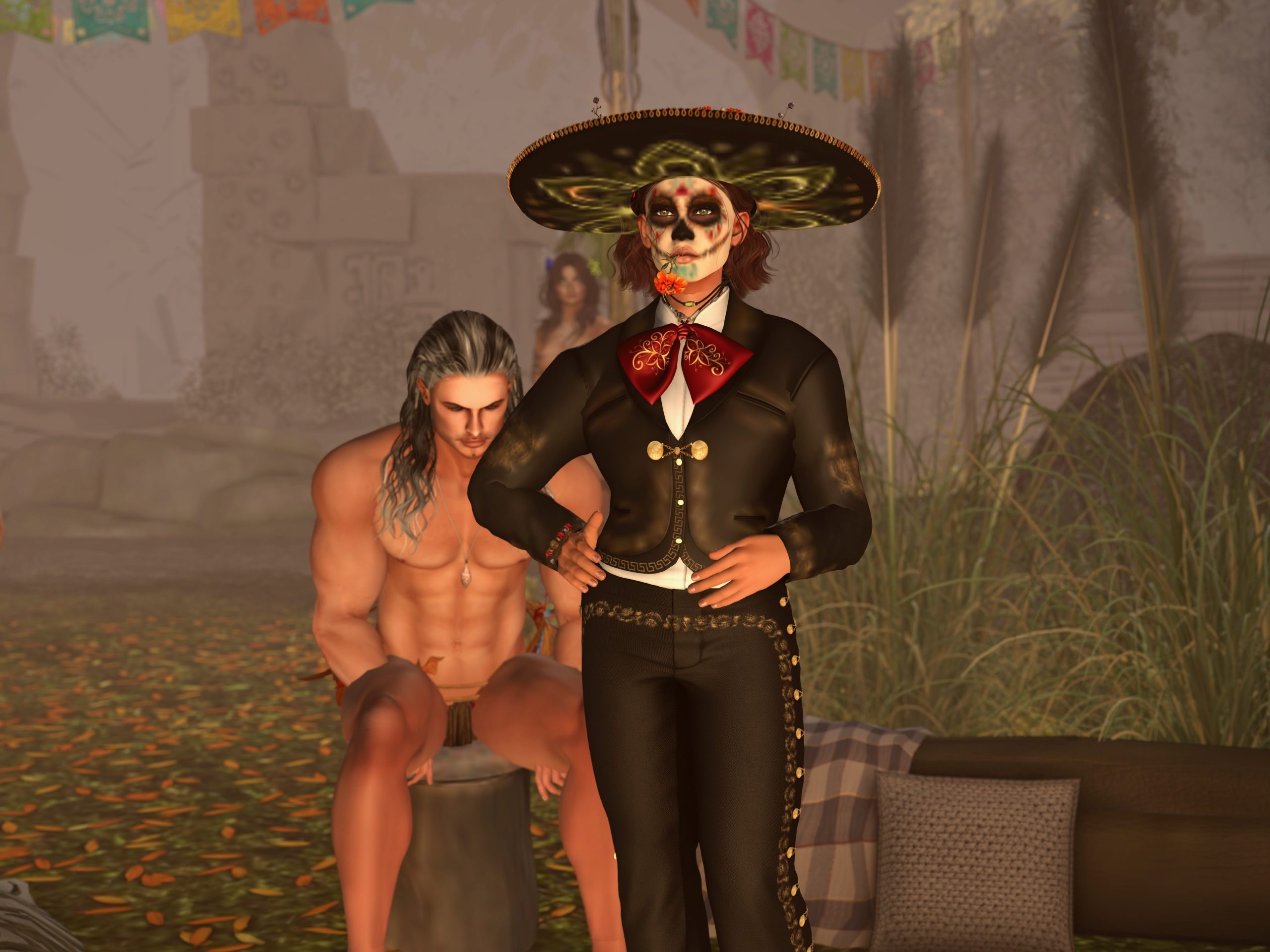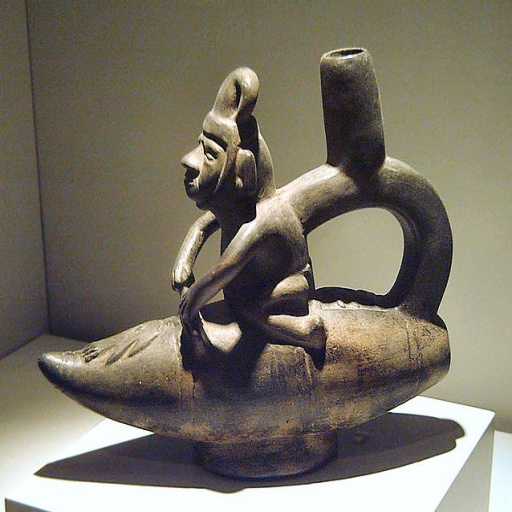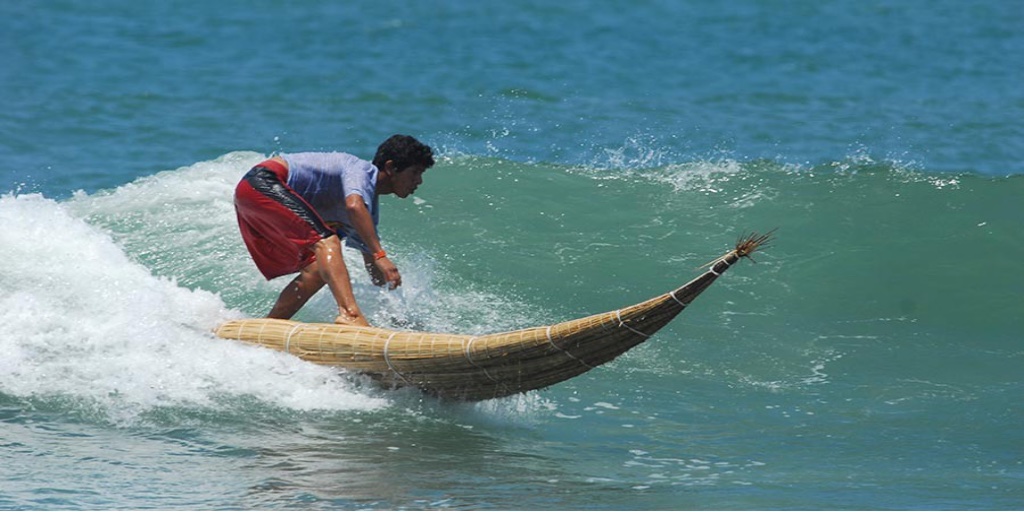by Oscar Seaside

I would like to take a few minutes to talk about the importance of surfing in Inca culture. I’m sure this idea might raise a few eyebrows, but please let me try to explain.
As we know, Mama Cocha was goddess of the sea, protector of fishermen and the mother of the Sun God Inti. What is less well known is that she also had a sister, Mama Surfarosa, who would thus have been Inti’s Auntie.
Like her sister Mama Surfarosa was also a sea goddess, but is now seen as a relatively unimportant and frivolous figure because she was always out on the waves, surfing and fishing. Almost a ‘black sheep of the family’…for those familiar with my home in the UK she would perhaps be equivalent to a Princess Margaret figure, or maybe Andrew Ridgeley.
‘Anyway… it is believed that at the time Mama Surfarosa did have her own devotees, who rode the waves to gather fish and attune themselves to the rhythms of nature. And in my own little way I am trying to continue that tradition here.
Now in modern times many would consider this tale to be merely a myth, believing that surfing began in Hawaii with people such as the legendary Duke Kahanamoku. The ‘modern surfboard’ probably did originate there, and was brought to Peru in the 1940s by the wonderfully named Carlos Dodgy.
However….
It’s now known that riding the waves has been common in Peru for at least 4000 years, since before Hawaii was even inhabited. The first clear evidence of this comes from the pre-Incan Moche culture of Northern Peru, who surfed to collect fish using a vessel made of reeds and leaves, known as a ‘tūp’. The Spanish name for them is ‘Caballito de Totora’ or ‘little horse of Totora’ – Totora being the reed that the craft were made of. The rider would straddle the vessel like a horse, and it had an inner cavity for collecting the fish.
pulls up a photograph….’this shows a clay figure representing one of these vessels, from thye Chimu culture, around 1200CE…’

This practice was later continued by the Incas, and was documented by the European invaders. In 1590 the Jesuit Missionary José de Acosta wrote the following:
‘It is true to see them go fishing in Callao de Lima, was for me a thing of great recreation, because there were many and each one in a balsilla caballero, or sitting stubbornly cutting the waves of the sea, which is rough where they fish, they looked like the Tritons, or Neptunes, who paint upon the water.’
These Caballitos are still used in Peru to this day, and people can actually ride the waves on a vessel almost identical to those used by the Incas:

So it now seems clear that the Incas were indeed great surfers, and it can be imagined that in her time Mama Surfarosa would have been a figure of much greater importance than many of us have realised. It is unclear whether she was actually a deity in her own right, or merely another aspect of the great Mama Cocha herself. But either way I would urge people to take to the waves to celebrate and continue the proud Incan surfing legacy.